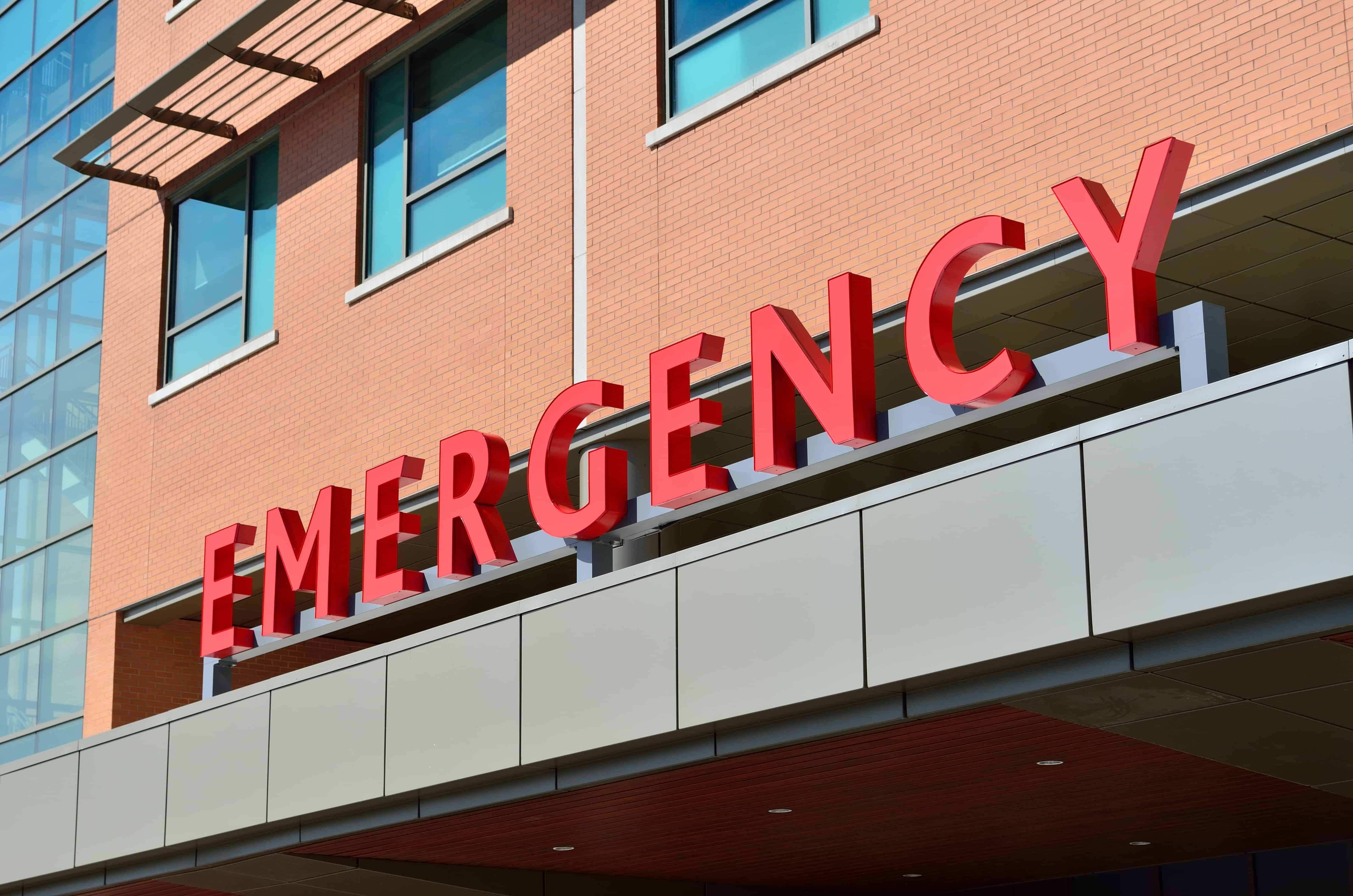July 25, 2017

The Question: A proposed benefit of expanding Medicaid eligibility under the Affordable Care Act (ACA) was a reduction in emergency department (ED) utilization for primary care needs. However, while pre-ACA studies found that new Medicaid enrollees increased their ED utilization rates, the effect on overall ED utilization was less clear. We sought to estimate the effect of Medicaid expansion on aggregate and individual-based ED utilization patterns within Maryland.
What we found: We utilized data from Maryland’s Health Services Cost Review Commission and found that there was a large change in the payer-mix: Medicaid-covered ED visits increased from 23.3% to 28.9% (159,004 additional visits), whereas uninsured patient visits decreased from 16.3% to 10.4% (181,607 fewer visits). At the patient level, we found that uninsured patients that visited the ED pre-ACA and who returned post-ACA had higher visit rates if they enrolled in Medicaid compared to those who stayed uninsured. Despite the change in the payer-mix and the increase in the visit-rate from patients newly enrolled in Medicaid, the total number of ED visits in Maryland decreased 1.2% or a total of 36,531 visits between pre- and post-ACA time periods. We also found no association between visit rates at hospitals and the percentage of the population that was covered by Medicaid or was uninsured pre-ACA.
Why it matters: There is a debate in the literature regarding the effects of the ACA on ED utilization patterns. Though the structure of Maryland’s health system is different than other states, our results suggest that the expansion of Medicaid has a limited effect on ED utilization. Though returning patients newly enrolled in Medicaid visited the ED more than their uninsured counterparts, this only accounts for only a small percentage of total ED visits. However, the significant change in the payer-mix can stabilize hospital finances, particularly for hospitals serving a large percentage of low-income patients, and protects patients from the ruinous financial consequences of a trip to the emergency department.

